Introduction: Why PLR Is the Creator’s Best-Kept Advantage
Every day, thousands of digital creators publish content they didn’t write from scratch and it’s completely legitimate. That’s the quiet power of PLR, short for Private Label Rights.
PLR gives you pre-made digital content like eBooks, templates, or training materials along with the right to edit, rebrand, and sell it as your own. It’s the difference between starting from zero and starting from momentum.
In a world where speed, consistency, and quality matter more than ever, PLR has become one of the most practical tools for entrepreneurs, coaches, and marketers who want to scale without burning out. You can use it to create lead magnets, launch digital offers, or fuel your content strategy all without facing a blank page.
But PLR isn’t magic. Used incorrectly, it can dilute your brand and flood your audience with generic material. Used strategically, it becomes a content engine that saves time, expands reach, and multiplies revenue.
This guide will show you exactly how it works, what PLR really means, how to customize it effectively, where to find trustworthy sources, and how to turn licensed content into high-value products that fit your business perfectly.
Let’s start by breaking down what PLR actually is and why it’s quietly shaping the next wave of digital entrepreneurship.
Key Takeaways
PLR (Private Label Rights) Digital Products
- PLR (Private Label Rights) lets you edit, rebrand, and resell pre-made digital content like ebooks, courses, templates, and graphics.
- The value of PLR is leverage. It saves time, boosts scalability, and helps creators publish consistent, branded content faster.
- Licenses define your limits. Always review the vendor’s terms before editing or reselling to stay compliant.
- Customization is everything. Rewriting titles, updating examples, and rebranding visuals turn generic files into original, high-value products.
- Use trusted sources. Platforms like PLR.me, BuyQualityPLR.com, and BigProductStore offer reliable, regularly updated content.
- PLR fits any business model. Coaches, course creators, and marketers use it for lead magnets, digital offers, or memberships without starting from scratch.
- Profit comes from strategy, not shortcuts. Rebrand, bundle, and repurpose PLR into offers that solve real audience problems.
- Avoid rookie mistakes. Never use PLR as-is or rely on low-quality freebies. Treat it as a foundation for creativity and authority.
- PLR’s future is accelerating. With AI and better design tools, creators can now customize and scale digital assets faster than ever.
Disclaimer: I am an independent Affiliate. The opinions expressed here are my own and are not official statements. If you follow a link and make a purchase, I may earn a commission.
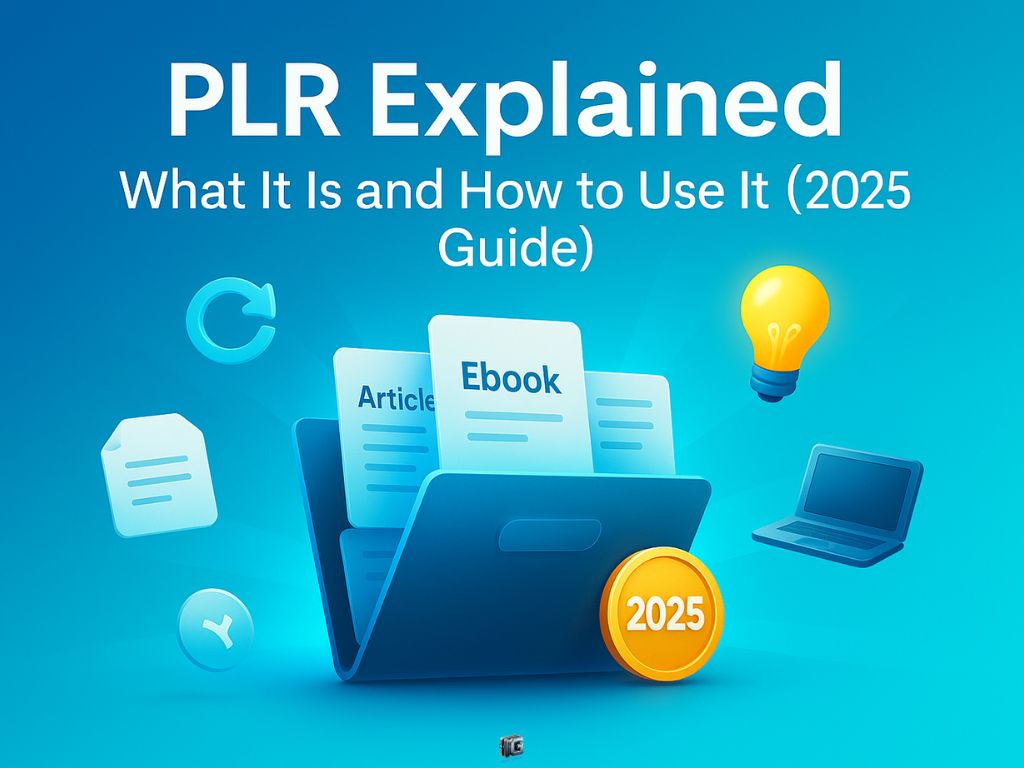
What Is PLR (Private Label Rights)?
PLR, or Private Label Rights, is a type of content license that allows you to legally edit, rebrand, and sell digital materials created by someone else. In simple terms, it’s ready-made content you can customize and claim as your own within the limits of the license.
Instead of starting every ebook, course, or template from scratch, PLR gives you a complete foundation to build on. The original creator sells you the rights to modify and redistribute their work, freeing you to focus on marketing, branding, and value creation.
Think of PLR as the wholesale version of digital content: you’re not buying a finished product, you’re buying raw creative inventory that you can turn into something unique for your audience.
Here Are the Most Common Types of Rights You’ll Encounter
| License Type | What You Can Do | What You Can’t Do | Best For |
|---|---|---|---|
| PLR (Private Label Rights) | Edit, rebrand, and resell as your own | Resell the original source files without modification | Creators who want to build branded products quickly |
| MRR (Master Resell Rights) | Sell the product and give resale rights to your buyers | Edit or claim authorship | Affiliate and bundle marketers |
| RR (Resell Rights) | Resell the product as-is, no editing or branding | Modify or repackage the content | Beginners testing offers |
| DFY (Done-For-You) | Use content for delivery or implementation | Rebrand or resell unless specified | Coaches, agencies, or freelancers |
While all these models overlap, PLR offers the most creative control. You can edit text, change visuals, combine multiple products, and release them under your own brand as long as the license allows it.
⚠️ Always read the license terms carefully before publishing. Each vendor sets its own conditions for editing, resale, and redistribution. This guide is for educational purposes only and not legal advice.
When used correctly, PLR transforms from a shortcut into a leverage tool — giving creators the freedom to produce valuable content faster without sacrificing originality.
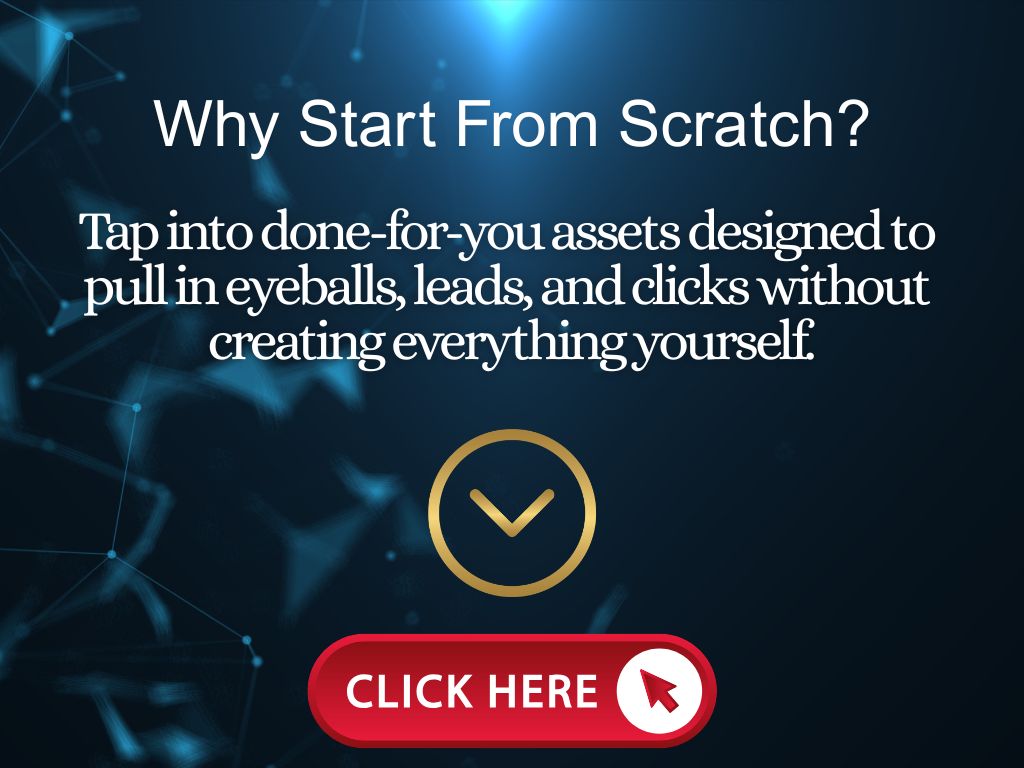
How PLR Works (Licensing Made Simple)
At its core, PLR works through a license, a digital agreement that outlines exactly what you can and can’t do with the content you’ve purchased. Think of it as a flexible copyright contract that transfers certain usage rights from the creator to you.
When you buy a PLR product, you’re not buying exclusive ownership of the material. Instead, you’re buying permission to reuse, modify, and resell it within the limits of that license. Some licenses are generous and allow full customization and resale. Others are stricter, permitting personal use only.
Here’s what most PLR licenses typically allow:
- Edit and rebrand the content (add your logo, rewrite sections, change visuals).
- Sell or give away the product under your own name.
- Package it with other offers or bonuses.
- Use it for educational, marketing, or list-building purposes.
And here’s what they usually restrict:
- Selling or sharing the source files as-is.
- Claiming full copyright or exclusive authorship.
- Publishing the same PLR product unchanged on marketplaces like Amazon KDP.
- Transferring resale or editing rights to others without explicit permission.
Because every vendor writes their licenses differently, it’s essential to treat each purchase as a separate agreement. A single clause can change what’s allowed.
Example: PLR.me’s coaching content allows full rebranding and repackaging for commercial use, while BuyQualityPLR’s funnel kits often come with resale rights but limited redistribution terms. Always read the vendor’s license before publishing or reselling.
⚠️ Quick Rule of Thumb: If a license seems vague, assume the conservative option that you can edit and sell the content, but not redistribute or claim copyright.
In practice, licensing is what keeps the PLR ecosystem sustainable. It rewards creators for producing quality content while giving marketers the freedom to innovate. Respecting these boundaries is what separates professionals from spammers.
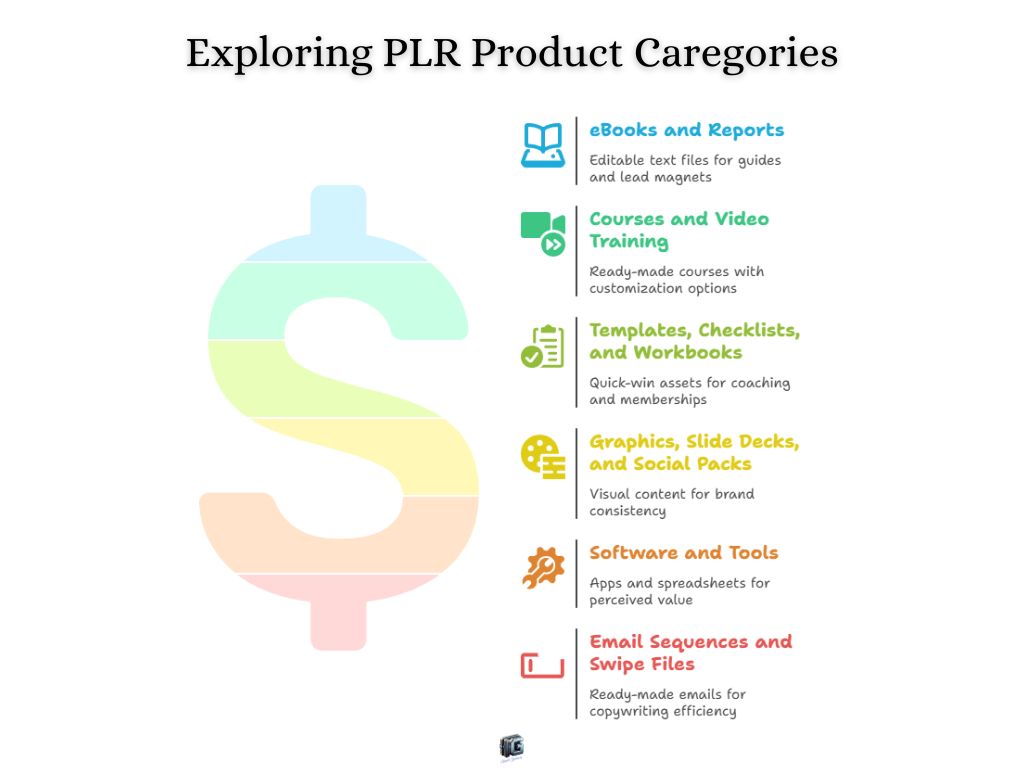
Types of PLR Products
PLR isn’t just about eBooks. It covers nearly every form of digital content that can be licensed, customized, and resold. Whether you run a coaching business, a niche blog, or a marketing agency, there’s a type of PLR that fits your goals.
Here are the most common categories:
1. eBooks and Reports
These are the most popular PLR products. They come as editable text files or PDFs covering a specific topic. After rewriting sections and adding your branding, you can sell them as standalone guides, use them as lead magnets, or include them in course bundles.
💡 Example: Rebrand a “Healthy Habits” PLR ebook into a “7-Day Energy Reset Guide” for your wellness audience.
2. Courses and Video Training
Some PLR sellers offer ready-made slide decks, scripts, and video tutorials that you can rebrand into mini-courses. Add your voice, rearrange the modules, or record new intros to make them feel original.
💡 Example: Turn a PLR course on “Email Marketing Basics” into a workshop with your own case studies and examples.
3. Templates, Checklists, and Workbooks
These are quick-win PLR assets that deliver immediate value. They’re easy to customize and perfect for use in coaching programs, memberships, or email opt-ins.
💡 Example: Customize a PLR “Goal Planner” into a branded digital workbook for your productivity challenge.
4. Graphics, Slide Decks, and Social Packs
Visual PLR content helps you maintain brand consistency without creating designs from scratch. You can edit colors, fonts, and text to match your visual identity.
💡 Example: Use PLR social media templates to maintain a steady posting schedule while keeping your brand cohesive.
5. Software and Tools
Some PLR vendors provide simple apps, plugins, or spreadsheets with licensing rights. These require more technical understanding but can generate strong perceived value if positioned correctly.
💡 Example: Offer a “Budget Tracker” PLR spreadsheet as a bonus to a finance course or digital planner.
6. Email Sequences and Swipe Files
Ready-made email PLR saves hours of copywriting time. You can adapt tone, rewrite lines, and add your links or stories to fit your brand.
💡 Example: Modify a PLR “Welcome Sequence” to introduce your own course or affiliate offer.
Each of these product types serves a different purpose in your business. The trick isn’t collecting them, it’s aligning them with your audience and strategy.
When chosen and customized properly, PLR products can form the backbone of a full content ecosystem: lead magnets feed your list, templates build engagement, and digital products create recurring income.
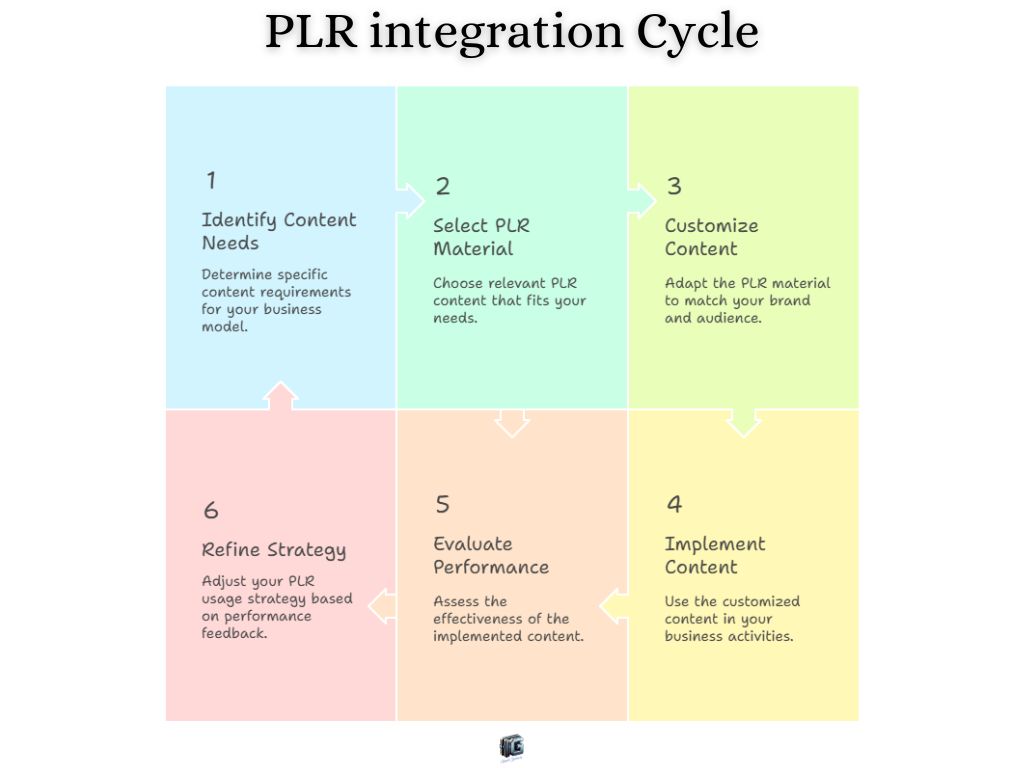
How PLR Fits Different Business Models
The power of PLR isn’t just in the content itself, it’s in how you use it. Every creator, from solopreneurs to agencies, can apply PLR differently to save time, reduce costs, and scale faster.
Here’s how PLR naturally fits into common business models:
1. Coaches and Consultants
Coaches constantly need content worksheets, checklists, and client resources to support their programs. PLR helps them provide consistent value without writing everything from scratch.
💡 How to use it: Rebrand a PLR workbook into a coaching toolkit or turn a PLR ebook into a self-assessment guide for clients.
2. Course Creators and Educators
Creating a course from scratch takes weeks. With PLR, you can start with an existing framework and add your expertise. Many PLR courses include slides, scripts, and lesson outlines that can be customized for your niche.
💡 How to use it: Use a PLR video course as a foundation, then add new modules, exercises, and bonuses to make it unique.
3. Bloggers and Content Creators
Content consistency drives growth, but coming up with new posts every week is exhausting. PLR gives bloggers pre-written material they can personalize and repurpose across platforms.
💡 How to use it: Turn a PLR article into a blog post, a short video script, and a week’s worth of social media content.
4. Affiliate Marketers
PLR is a secret weapon for affiliates. It lets them build bridge content between the product they promote and the audience’s problem. That added value boosts conversions.
💡 How to use it: Offer a rebranded PLR guide as a free bonus for anyone who buys through your affiliate link.
5. Agencies and Freelancers
Client work requires deliverables fast. PLR materials help agencies deliver polished content libraries, strategy packs, or templates that look custom without endless production time.
💡 How to use it: Use PLR social media templates or email sequences as part of a “Done-for-You” service package.
6. Membership Site Owners
Running a membership means delivering ongoing value. PLR gives you ready-to-use materials for monthly content drops, challenges, or exclusive bonuses.
💡 How to use it: Combine PLR eBooks, checklists, and templates into themed monthly bundles for members.
No matter your niche, PLR is a leverage tool. It doesn’t replace creativity, it multiplies it. By starting with solid material and layering your brand voice, you can produce more content, faster, without diluting quality.
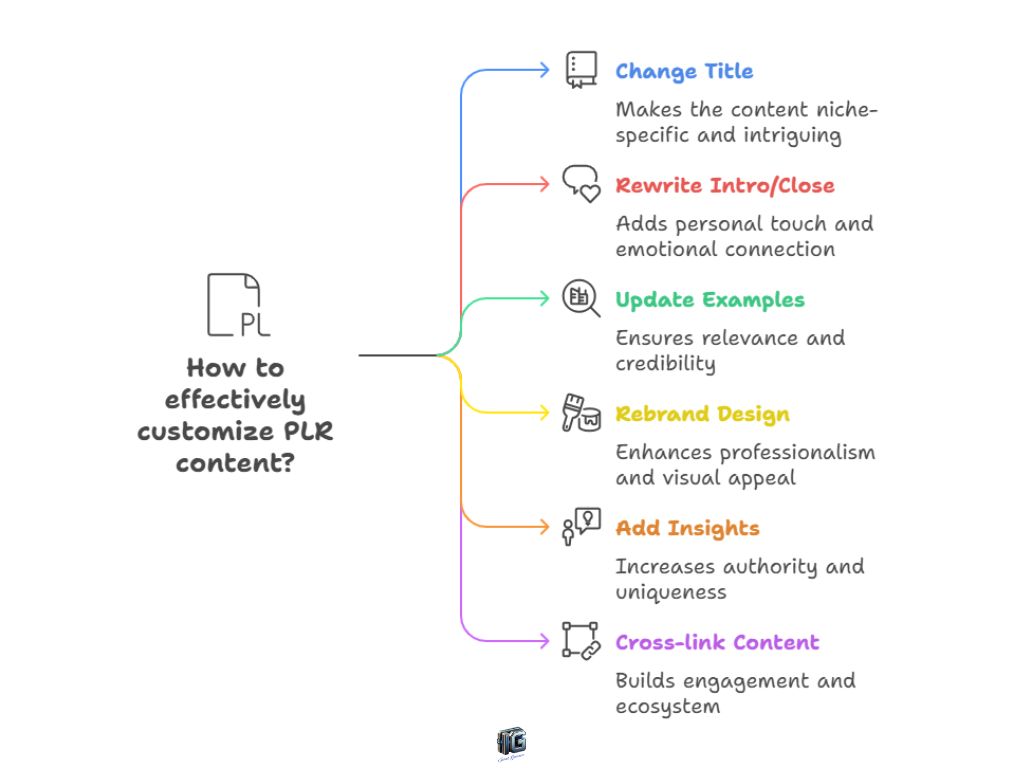
How to Customize PLR Effectively
PLR gives you the foundation, but customization is what transforms it from generic to profitable. The goal isn’t to hide that it started as PLR, it’s to make it unmistakably yours.
Most creators fail with PLR because they skip this step. They upload it as-is, hoping for sales, and end up blending into a crowd of identical products. The creators who succeed take time to personalize, elevate, and reposition the content so it feels fresh, authentic, and aligned with their brand.
Here’s a simple framework to do it right:
1. Start With the Title and Hook
Your title is your first impression. Rewrite it to reflect your niche, audience, and brand tone. A small change can reposition an entire product.
Example: Instead of “Healthy Living Basics,” rename it to “Your 7-Day Blueprint for Sustainable Energy.”
2. Rewrite the Introduction and Close
The opening and closing sections are where you connect emotionally. Add your story, your point of view, or a quick personal insight. End with a call-to-action that leads to your next offer, course, or mailing list.
3. Update the Examples and Data
Replace outdated examples or case studies with your own. Swap in real-world stories, stats, or modern references to make the material relevant to today’s audience.
4. Reformat and Rebrand
Design plays a huge role in perceived value. Use your fonts, colors, and layout to give your PLR product a clean, professional finish. Tools like Canva or Notion templates make this step fast and affordable.
5. Add Unique Insights and Resources
Sprinkle in original sections short commentaries, side notes, or actionable “pro tips.” Even a few lines of genuine advice can raise credibility and make your version stand apart.
6. Link It to Your Ecosystem
Don’t let your PLR exist in isolation. Add links to your website, social channels, lead magnets, or other products. Every piece of content should move readers deeper into your world.
✅ Quick PLR Customization Checklist
| Step | What to Do | Why It Matters |
|---|---|---|
| Change the title | Make it fit your niche and brand | Avoids duplication, boosts curiosity |
| Rewrite intro/close | Add your personality and context | Builds connection and trust |
| Update examples | Use fresh, real-world cases | Increases relevance |
| Rebrand design | Apply your visual identity | Improves professionalism |
| Add insights/CTAs | Infuse your expertise | Creates authority and flow |
| Cross-link content | Connect to your offers | Builds long-term engagement |
The more you customize, the more the content becomes yours. PLR isn’t meant to replace creativity, it’s meant to free it. You’re not just editing words, you’re building a digital asset that reflects your brand’s voice and purpose.

Where to Find High-Quality PLR Products
Not all PLR is the same. Some packages are gold professionally written, current, and ready to customize. Others are recycled, outdated, or filled with low-value content that can hurt your brand the moment you publish it.
The key is knowing where to look and how to evaluate what you find.
Below are some of the most reliable PLR platforms trusted by entrepreneurs, marketers, and coaches who use content strategically.
1. PLR.me
One of the most reputable names in the PLR space, PLR.me offers premium, well-formatted content built specifically for coaches, consultants, and wellness creators. Their materials include ebooks, affirmations, worksheets, and slide decks all created by professional writers and designers.
Best for: Health, mindset, self-improvement, and coaching niches
Model: Credit-based system (monthly or bulk purchase)
💡 Pro Tip: Repurpose their coaching resources into workshop materials or client handouts.
2. BuyQualityPLR.com
Known for clean formatting and high-conversion topics, BuyQualityPLR focuses heavily on business, marketing, and finance. The content is niche-specific, up-to-date, and comes with flexible usage rights.
Best for: Marketers, affiliate creators, and course builders
Model: One-time purchase (no subscription required)
💡 Pro Tip: Their email funnel kits make perfect plug-and-play lead magnets or tripwires.
3. IDPLR
With one of the largest PLR libraries online, IDPLR is a great starting point for testing different niches. The platform offers thousands of ebooks, courses, and templates though quality varies from excellent to outdated.
Best for: Beginners exploring multiple niches
Model: Free starter account or lifetime premium membership
💡 Pro Tip: Always filter by “newest” to find updated, relevant content.
4. BigProductStore
This platform emphasizes variety and volume. You’ll find everything from social media templates and software tools to full training courses. Updates are frequent, and licenses are usually flexible.
Best for: Resellers, funnel builders, and volume creators
Model: Monthly or lifetime membership
💡 Pro Tip: Use their video PLR content as a base for online mini-courses or YouTube tutorials.
5. Resell Rights Weekly
A hybrid platform offering both PLR and MRR content. It’s especially valuable for marketers who want to resell products or create affiliate bundles. The library includes both free and paid tiers.
Best for: Affiliates and entrepreneurs experimenting with resell rights
Model: Free access or premium upgrade
💡 Pro Tip: Use MRR products to build small, fast-turnaround digital bundles.
Bonus Tip: For example, PLR.me and BuyQualityPLR both provide clearly outlined usage licenses and regular content updates. Always check the license terms before using or reselling any PLR product this ensures you stay compliant and avoid conflicts with the creator’s original rights.
✅ Quick Comparison Table
| Platform | Best For | Content Quality | Pricing Model | Pro Tip |
|---|---|---|---|---|
| PLR.me | Coaches & wellness creators | ⭐⭐⭐⭐⭐ | Credit-based | Use as workshop or lead magnet content |
| BuyQualityPLR.com | Marketers & funnel builders | ⭐⭐⭐⭐ | One-time purchase | Use funnel kits for list growth |
| IDPLR | Beginners, broad niches | ⭐⭐–⭐⭐⭐ | Free + Lifetime | Sort by “newest” for better results |
| BigProductStore | Volume creators & resellers | ⭐⭐⭐⭐ | Monthly/lifetime | Turn video PLR into short courses |
| Resell Rights Weekly | Affiliates & resale strategists | ⭐⭐–⭐⭐⭐ | Free + Premium | Bundle MRR for fast low-ticket offers |
Quality PLR saves time and protects your brand reputation. Choose sources that update often, write clearly, and include transparent licenses. The difference between a five-dollar shortcut and a real business asset comes down to where you buy.
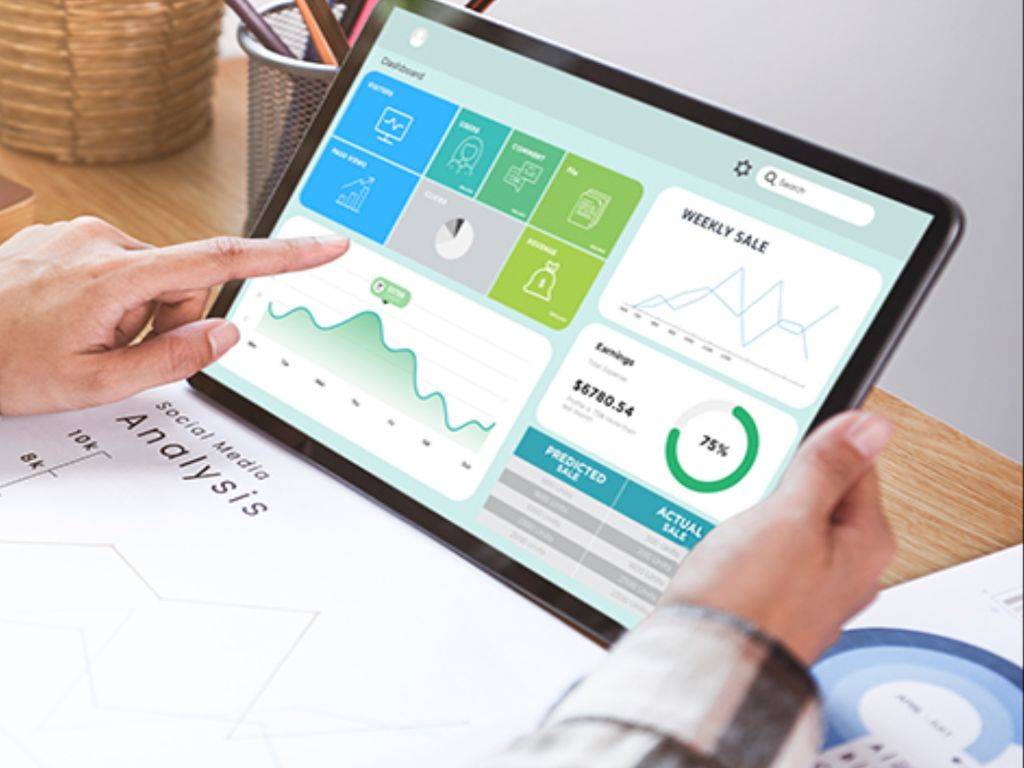
Proven Ways to Monetize PLR Products
Buying PLR is easy. Turning it into income is where the real skill comes in.
The difference between creators who make consistent sales and those who never see results usually comes down to one thing: strategy.
You can’t just upload a generic ebook and expect it to sell. The value comes from how you position, package, and integrate PLR into your business ecosystem.
Here are some of the most effective ways to turn PLR into revenue and audience growth:
1. Sell Rebranded Digital Products
Rebranding is the fastest and most direct monetization path. Edit your PLR ebook or course, redesign it, and publish it on platforms like Gumroad, Payhip, or your own website.
💡 Example: Combine a PLR guide and a checklist into a “mini-course bundle” that solves a focused problem for your audience.
2. Create Lead Magnets and Tripwires
PLR is perfect for building your email list. Offer a rebranded guide or checklist for free, then follow it with a low-cost “tripwire” offer that introduces your paid content or affiliate links.
💡 Example: Free “Productivity Checklist” → $9 “Time Management Toolkit.”
3. Build a Membership or Subscription
If you want recurring income, turn PLR into an ongoing content vault. Offer subscribers new resources each month templates, guides, or training materials all lightly customized and branded.
💡 Example: Monthly “Creator Toolkit” membership featuring rebranded PLR templates and planners.
4. Support Your Affiliate Funnels
Affiliate marketers use PLR to add value and differentiate themselves. By offering exclusive bonuses like a rebranded guide or swipe file you give buyers an extra reason to choose your link over others.
💡 Example: “Buy through my link and get my exclusive ‘Quick Start Workbook’ (customized from PLR content).”
5. Upsell or Cross-Sell Within Your Ecosystem
Use PLR to fill gaps in your customer journey. If someone buys your main product, offer a related ebook, workbook, or template as an upsell. It’s faster than creating new material from scratch and increases your average order value.
💡 Example: Add a “Client Onboarding Template Pack” as an upsell to your coaching program.
6. Repurpose for Content Marketing
PLR isn’t just for selling, it’s fuel for visibility. Turn one PLR guide into multiple blog posts, emails, and short-form videos. This keeps your content calendar full while maintaining consistency.
💡 Example: A single PLR ebook can become a month’s worth of social media posts and newsletters.
✅ PLR Monetization Matrix
| Strategy | Effort Level | Scalability | Best Fit | Example |
|---|---|---|---|---|
| Sell Rebranded Products | 🟡 Medium | 🟢 High | Digital entrepreneurs | Ebook + workbook bundle |
| Lead Magnet + Tripwire | 🟢 Low | 🟢 High | List builders | Free guide → $9 toolkit |
| Membership Model | 🔴 High | 🟢 High | Coaches & creators | Monthly PLR vault |
| Affiliate Funnel Support | 🟢 Low | 🟡 Medium | Affiliate marketers | PLR bonus content |
| Upsell / Cross-Sell | 🟡 Medium | 🟡 Medium | Course creators | Template upsells |
| Content Repurposing | 🟢 Low | 🟡 Medium | Bloggers & agencies | Blog + social reuse |
Why This Works: PLR isn’t one-dimensional. It can act as a revenue generator, a traffic magnet, or a trust-building tool. When you align PLR with your brand goals—whether that’s growing an audience or expanding your product suite—it stops being “bought content” and becomes an engine for scale.

How to Choose and Use PLR Wisely
PLR can either accelerate your business or quietly damage your reputation. The difference comes down to how you source it, customize it, and position it. Used strategically, PLR is leverage. Used carelessly, it’s noise.
Here’s how to choose and apply it like a professional:
1. Start With Reputable Sources
Not all PLR is worth your time. Many free collections are filled with outdated, low-quality, or duplicate content that’s been circulating online for years.
Stick with platforms known for professional writing, clean formatting, and transparent licensing.
💡 Pro Tip: If a product looks like something you wouldn’t pay for, don’t use it.
2. Always Rebrand and Customize
Using PLR “as-is” is the fastest way to look unoriginal. Take the time to rebrand the visuals, rewrite sections, and align the voice with your audience.
💡 Why it matters: Unique presentation builds trust. Even small edits, a fresh intro, updated design, or personal story can make a massive difference.
3. Choose Content That Solves a Real Problem
Relevance is everything. Don’t grab a random ebook because it’s available; pick content that directly helps your audience.
Ask yourself:
- Does this solve a problem my audience cares about?
- Can I build a product or funnel around it?
- Does it fit my brand’s expertise and tone?
4. Upgrade the Presentation
Design communicates value. A great-looking product commands higher prices and builds brand authority.
Use modern design tools like Canva or Adobe Express to apply your colors, fonts, and visuals. Even a quick redesign can double perceived value.
5. Know Your Rights and Limits
Licensing terms aren’t just fine print, they define what you can legally do. Some PLR licenses allow resale and rebranding, others restrict it to personal use.
Always confirm:
- Can you edit it?
- Can you resell it?
- Can you include it in paid programs?
- Are there platform restrictions (like Amazon KDP)?
Pro Tip: When in doubt, reach out to the seller. It’s better to clarify before you publish than risk takedowns or account flags later.
6. Integrate, Don’t Isolate
PLR works best as part of a bigger system. Each product should serve a purpose growing your list, supporting a course, or nurturing your audience.
Don’t let it sit on your hard drive. Give it a defined role in your content funnel or customer journey.
Using PLR wisely means treating it like a foundation, not a shortcut. You’re not cutting corners, you’re accelerating what already works by building on proven material.
The creators who win with PLR are the ones who respect the process: they choose carefully, customize deeply, and publish consistently.
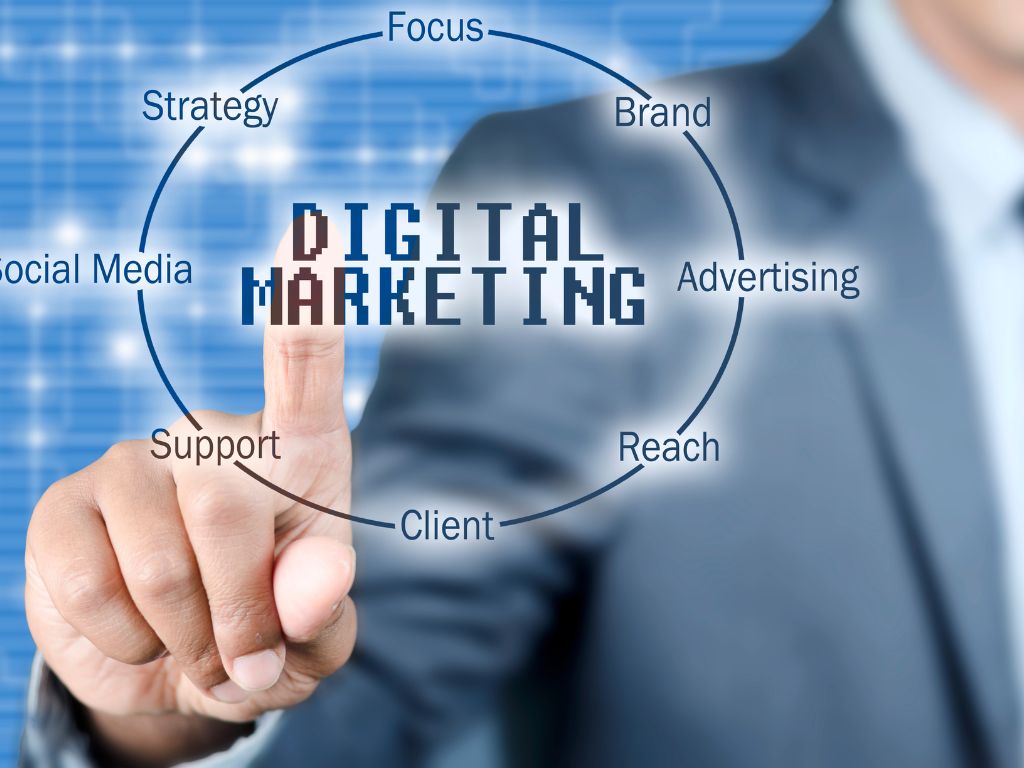
PLR vs DFY Digital Products: What’s the Difference?
PLR and DFY often get mentioned together, but they serve very different purposes. Both save time, but they give you different levels of creative control.
Here’s the short version:
- PLR gives you editable rights you can modify, rebrand, and resell.
- DFY gives you ready-to-use content designed to be implemented quickly, not repackaged.
Let’s look closer.
What Is PLR (Private Label Rights)?
PLR products give you permission to change the content however you like. You can edit the words, update the design, combine multiple assets, and sell the finished version under your own name. It’s ideal for creators who want ownership and brand control.
💡 Example: Buy a PLR ebook, rewrite it with your tone, add examples, design a new cover, and sell it as your signature guide.
What Is DFY (Done-For-You) Content?
DFY products are pre-built for fast implementation. You might get sales pages, email funnels, or course templates that are meant to be used immediately. They save time but usually don’t allow full rebranding or resale.
💡 Example: A DFY funnel kit you install and start using in your business you can customize the copy slightly but not sell it as your own.
Key Differences at a Glance
| Feature | PLR (Private Label Rights) | DFY (Done-For-You) |
|---|---|---|
| Editable | ✅ Yes — full customization allowed | ⚠️ Usually limited |
| Rebrandable | ✅ Sell under your own name | ⚠️ Often not allowed |
| Resellable | ✅ Common, depending on license | 🚫 Rarely allowed |
| Creative Control | ✅ Full | ⚠️ Partial |
| Speed to Launch | 🟡 Medium | 🟢 Fast |
| Scalability | 🟢 High | 🟡 Moderate |
| Best For | Entrepreneurs, course creators, marketers | Freelancers, agencies, implementers |
Which One Should You Choose?
It depends on your goals.
If you want to own and sell digital products under your brand, PLR gives you the freedom to create long-term assets.
If you want to implement quickly and deliver results for clients or campaigns, DFY is the faster shortcut.
Many creators use both: PLR for building their own product lines, and DFY for speeding up fulfillment or campaign setup.
The Smart Hybrid Approach
You can even combine them. Start with a DFY template for structure, then add PLR content you’ve customized. You’ll save time on design while maintaining creative control over the message and material.
Using the right type of content for the right goal keeps your workflow efficient and your business legally protected.
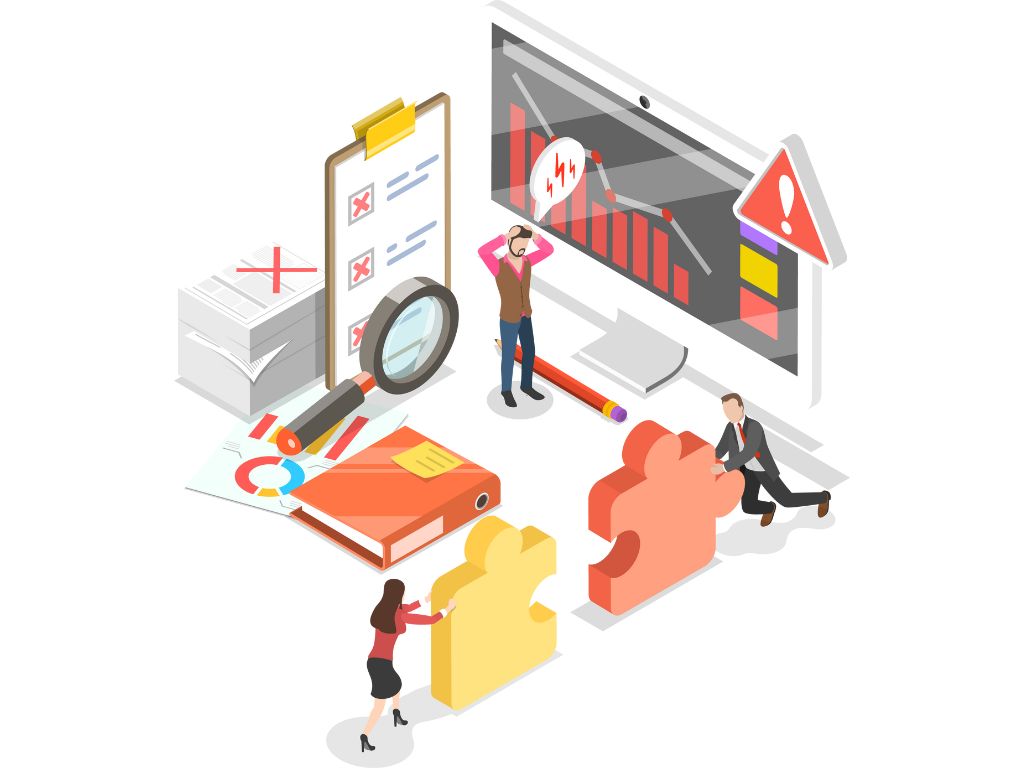
Common Mistakes to Avoid with PLR
PLR can be an incredible asset when used well, but it can also backfire if handled carelessly. Many beginners treat it like a shortcut rather than a strategic tool.
Here’s what to avoid if you want your PLR projects to actually build authority and income.
1. Publishing Without Customization
Uploading a PLR file without edits is the fastest way to lose credibility. It’s likely that hundreds of others have that same file.
💡 Fix: Rewrite the intro, add your insights, change the design, and include a few personal touches. Even modest customization makes a huge difference.
2. Choosing Low-Quality PLR
Free or outdated PLR often contains generic writing, weak formatting, or bad advice. Using it can hurt your reputation and waste your time.
💡 Fix: Invest in trusted sources with fresh, relevant content and clear rights. Always read a few pages before purchasing.
3. Ignoring the License Terms
Each vendor sets its own rules. Violating them even by mistake can lead to copyright issues or account bans.
💡 Fix: Read every license carefully. If you’re unsure, ask the seller to clarify before publishing.
4. Using PLR Without a Strategy
Collecting dozens of PLR packages without a plan doesn’t build a business. Content needs purpose.
💡 Fix: Assign each asset a role: lead magnet, upsell, course module, or blog content. Know exactly how it fits your funnel before editing.
5. Forgetting Your Brand Voice
PLR provides structure, but your tone creates connection. If it doesn’t sound like you, it won’t build loyalty.
💡 Fix: Adjust the tone, examples, and pacing to match your audience. Let your style and expertise guide every rewrite.
6. Expecting Instant Results
PLR saves creation time, not marketing time. Even the best content still needs promotion, traffic, and nurturing.
💡 Fix: Treat PLR products like any other digital offer market them with consistent messaging and clear calls to action.
7. Neglecting Design and Presentation
A great offer can still flop if it looks unprofessional. Design communicates value before anyone reads a word.
💡 Fix: Use modern templates, consistent colors, and readable fonts. Good presentation justifies higher pricing and better conversions.
Avoiding these mistakes turns PLR from a “shortcut” into a real growth tool. The difference isn’t in the content itself, it’s in the care, intention, and execution behind it.
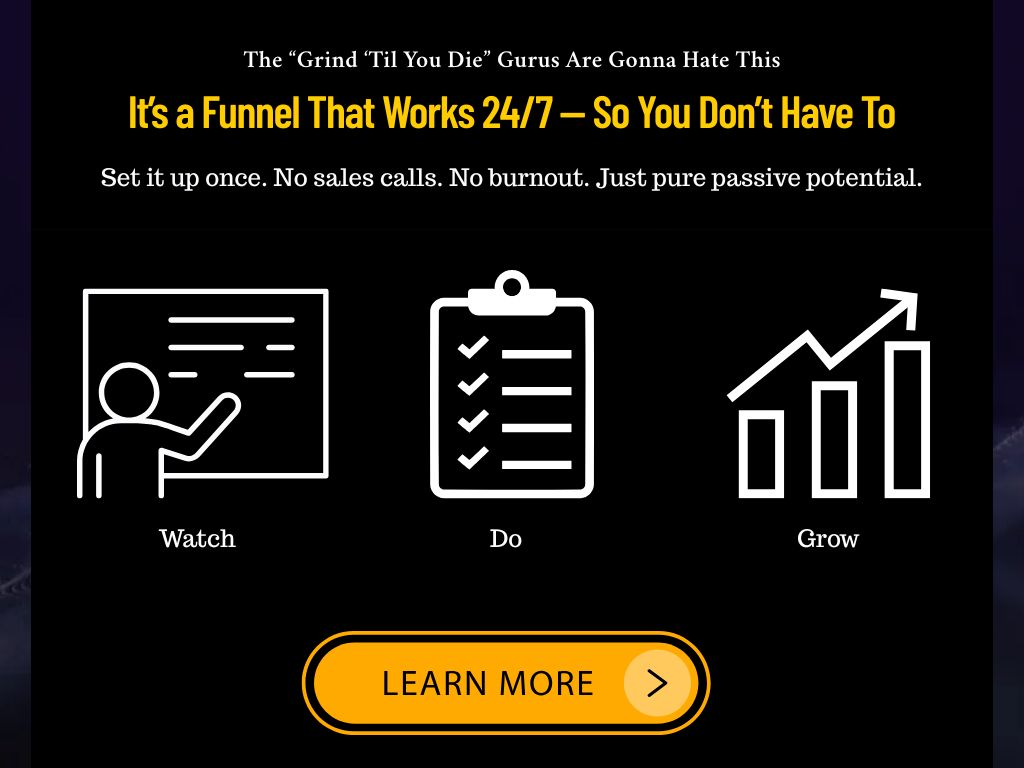
Final Thoughts: The Future of PLR
PLR isn’t a shortcut to easy money, it’s a smarter way to build faster, with focus and efficiency.
As digital creation keeps evolving, the ability to produce high-quality content quickly is becoming a serious competitive edge. That’s exactly where PLR fits in. It gives entrepreneurs, coaches, and marketers a foundation to work from a structure they can customize, reimagine, and scale into multiple products and income streams.
The future of PLR is only getting stronger. With AI tools improving customization and design, creators can now transform a basic PLR file into a fully branded course, workshop, or content system in days instead of months. The key is still the same: personalization, creativity, and intent.
Used wisely, PLR lets you focus on what actually moves the needle positioning, marketing, and customer experience instead of spending endless hours building from scratch.
Start with one product. Rebrand it. Launch it. Then repeat the process. Every iteration gets easier, faster, and more refined.
PLR isn’t about cutting corners; it’s about accelerating progress. The creators who understand that will continue to outpace those stuck at the starting line.
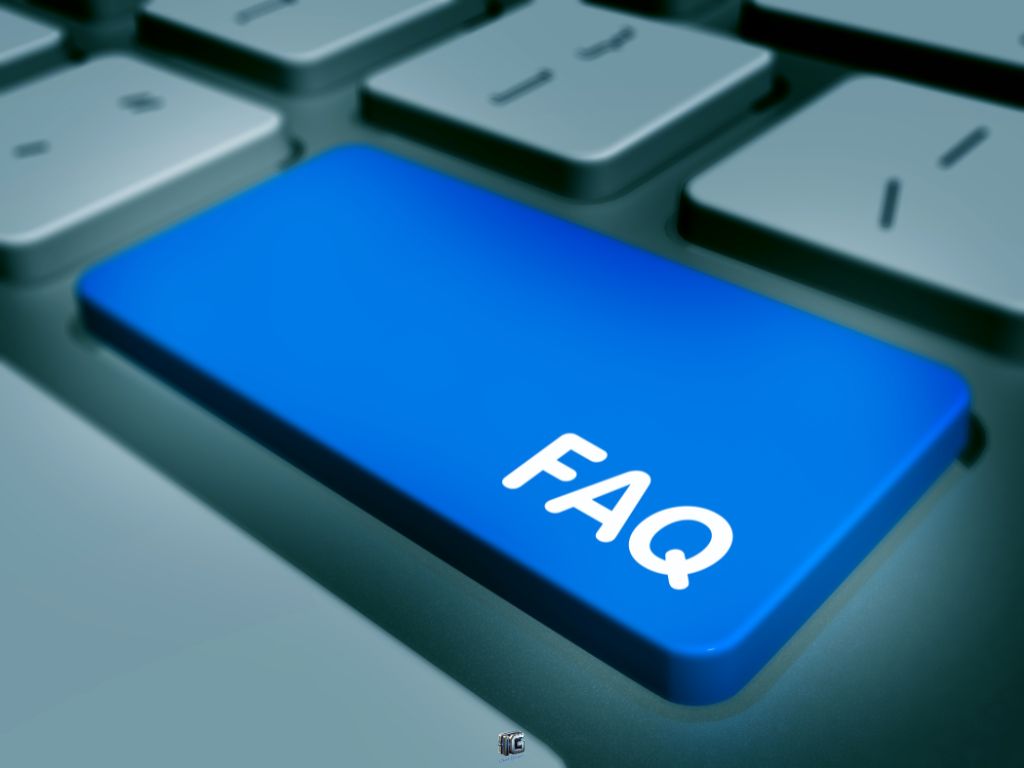
Frequently Asked Questions About PLR
What exactly does PLR mean?
PLR stands for Private Label Rights. It’s a type of license that allows you to edit, rebrand, and resell digital products such as ebooks, courses, or templates created by someone else. You’re not buying full copyright ownership, but you do have broad usage rights depending on the license terms.
Is PLR content legal to use and sell?
Yes as long as you follow the terms of the license. PLR products are created for resale and redistribution, so you’re legally allowed to modify and sell them. Just make sure to respect restrictions on redistribution or resale of the source files.
How is PLR different from MRR or DFY products?
- PLR (Private Label Rights): You can edit, rebrand, and sell it as your own.
- MRR (Master Resell Rights): You can sell the product and the resale rights, but usually can’t edit it.
- DFY (Done-For-You): You can use it for your business but often can’t rebrand or resell it.
Can I use PLR to build a brand or audience?
Definitely. PLR is perfect for building authority quickly. You can rebrand ebooks or templates as lead magnets, publish edited content on your blog, or turn PLR reports into mini-courses all of which strengthen your brand visibility.
Is it okay to sell PLR products on Amazon KDP or Etsy?
Usually not, unless the license specifically says you can. Most PLR vendors prohibit uploading their content unchanged to public marketplaces like Amazon. Always check the license terms before publishing on third-party platforms.
How do I make PLR content unique?
Customize it. Change the title, rewrite the introduction, update examples, and add your personal stories or data. Even small edits can make a product feel authentic and aligned with your brand’s tone.
Where can I find quality PLR products?
Trusted sources include PLR.me, BuyQualityPLR.com, IDPLR, BigProductStore, and Resell Rights Weekly. Look for platforms with updated content, clear license terms, and professional formatting.
How can I use PLR to make money online?
You can rebrand and sell digital products, create lead magnets, build membership sites, or offer PLR-based bonuses in affiliate marketing. The key is positioning: solve a real problem for a specific audience, and the sales follow.
What are the biggest mistakes people make with PLR?
The main mistakes are using PLR “as-is,” ignoring license terms, and choosing low-quality content. Treat PLR as a framework to build on, not a finished product to copy and paste.
Is PLR still profitable in 2025?
Yes, in fact, it’s more relevant than ever. With the demand for consistent content and the rise of digital education, PLR gives creators a fast, affordable way to scale their content output and product creation. Success still depends on creativity, quality, and smart customization.
1 Comment
MRR vs PLR: What You Need to Know in 2025 - Ismel Guerrero. · November 4, 2025 at 8:19 pm
[…] Private Label Rights give you full control over the content. You can edit, rewrite, rebrand, and repurpose the material however you want. PLR lets you make the product your own, add your name to it, and even change the format or messaging. […]